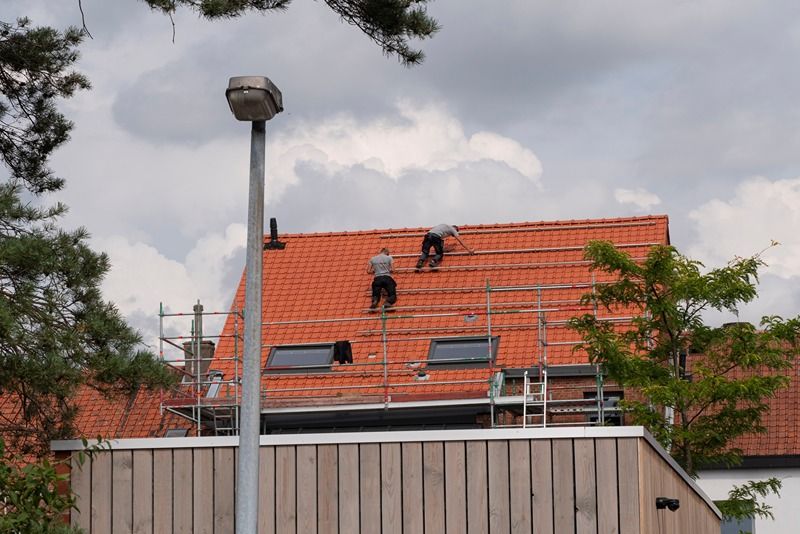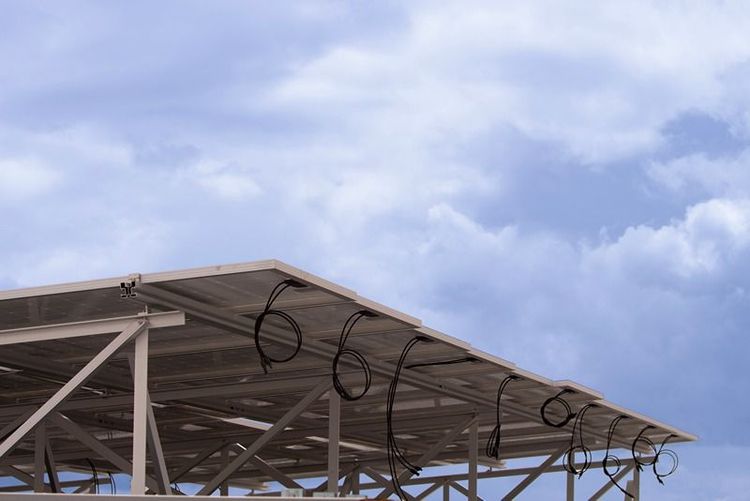Solar panel frames serve as the backbone of photovoltaic (PV) installations, ensuring durability and structural integrity. Galvanised steel is the preferred material for these frames due to its corrosion resistance, strength, and cost-effectiveness. With the Indian solar market experiencing rapid growth, adhering to best practices in fabricating solar panel frames using galvanised steel is essential.
According to the International Energy Agency (IEA, 2023), India added 18.1 GW of solar capacity in 2023 alone, underscoring the increasing demand for robust and long-lasting solar panel mounting structures.






 +91 7208055523
+91 7208055523
 Help & support
Help & support
